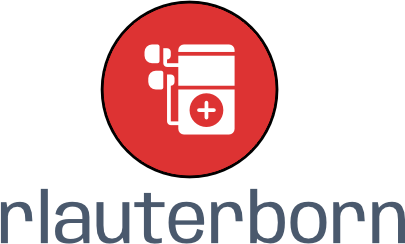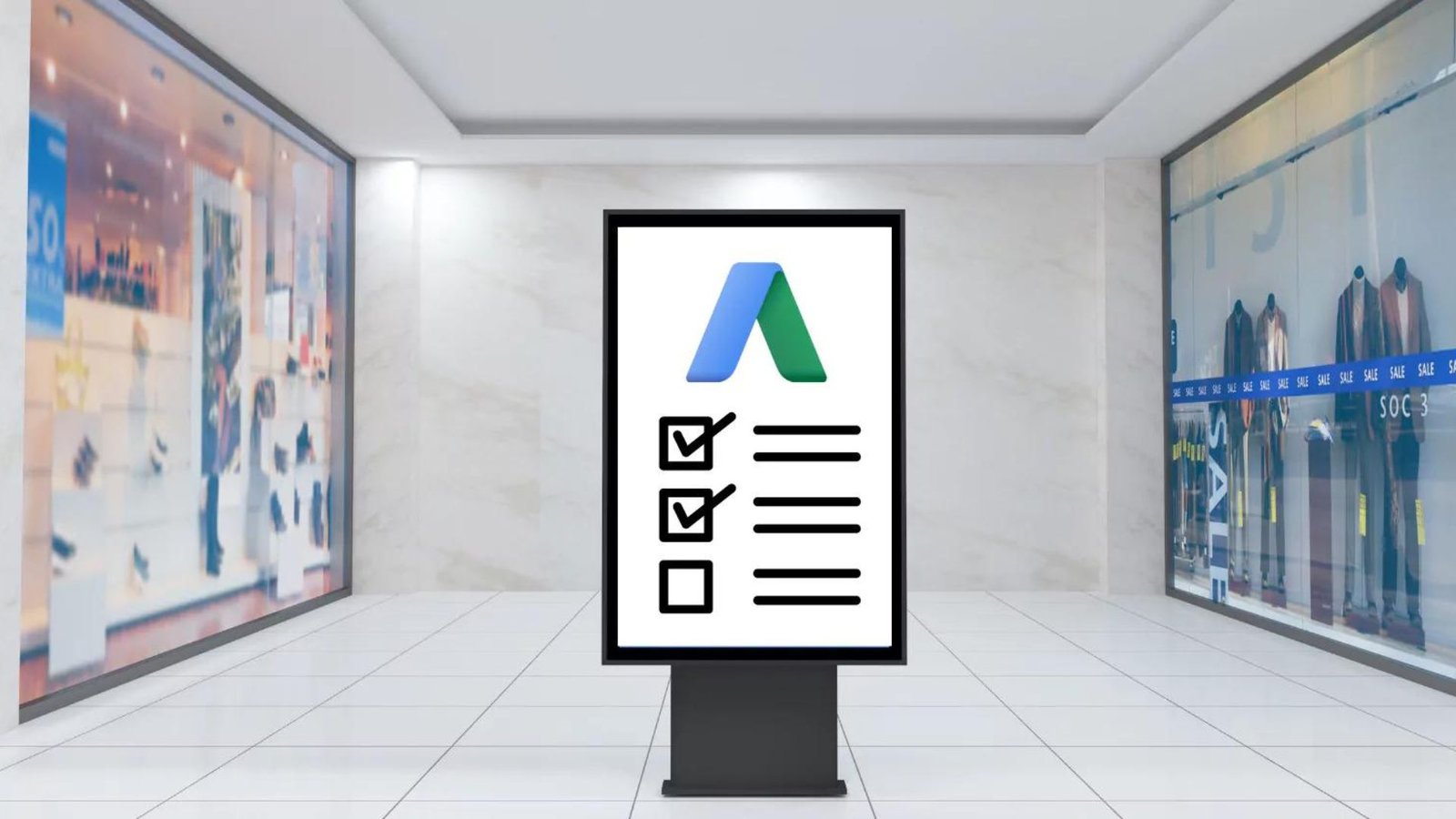Pay-per-click (PPC) advertising is a powerful tool for driving targeted traffic to your website and boosting conversions. However, to maximize the effectiveness of your PPC campaigns, you need to continually optimize them. Here’s a step-by-step guide on how to optimize your PPC campaigns for better results.

Set Clear Objectives
Start by defining clear and measurable objectives for your PPC campaigns. Whether you aim to increase website traffic, generate leads, or boost sales, having specific goals will guide your optimization efforts and help you measure success effectively.
Conduct Thorough Keyword Research
Effective PPC campaigns rely on well-researched keywords. Use tools like Google Keyword Planner or SEMrush to identify high-performing keywords that align with your business goals. Focus on keywords with high intent and relevance to your target audience.
Refine Your Ad Copy
Craft compelling and relevant ad copy that resonates with your audience. Your ad copy should include targeted keywords, a clear value proposition, and a strong call to action. Test different versions of your ad copy to determine which performs best and adjust based on the results.
Optimize Landing Pages
Ensure that your landing pages are optimized for conversions. The landing page should be relevant to the ad, load quickly, and have a clear call to action. Make sure the content aligns with the ad’s promise and provides a seamless user experience.
Utilize Negative Keywords
Incorporate negative keywords to prevent your ads from showing up for irrelevant searches. This will help you avoid wasting budget on clicks that are unlikely to convert. Regularly review and update your negative keyword list based on performance data.
Monitor and Adjust Bids
Regularly monitor your bids and adjust them based on performance metrics. Increase bids on high-performing keywords and decrease or pause bids on underperforming ones. Utilize bid adjustments based on device, location, and time of day to maximize ROI.
Leverage Ad Extensions
Ad extensions provide additional information and enhance the visibility of your ads. Use ad extensions like site links, callouts, and structured snippets to make your ads more informative and engaging. This can improve click-through rates and overall campaign performance.
Analyze and Use Data Insights
Regularly review your PPC campaign performance data to identify trends and areas for improvement. Use analytics tools to track metrics such as click-through rates (CTR), conversion rates, and cost per acquisition (CPA). Apply these insights to refine your strategy and make data-driven decisions.
Test and Experiment
Continuous testing is crucial for optimizing PPC campaigns. Experiment with different ad copy, keywords, bidding strategies, and landing page elements. A/B testing can help you identify what works best and make informed adjustments.
Focus on Quality Score
Quality Score is a key factor in determining your ad’s position and cost per click. Improve your Quality Score by ensuring your ads and landing pages are highly relevant to your keywords. A higher Quality Score can lead to lower costs and better ad placements.
Track Competitor Performance
Keep an eye on your competitors’ PPC strategies to understand their approach and identify opportunities for differentiation. Analyze their ad copy, keywords, and landing pages to gain insights that can help you improve your own campaigns.
Adjust Targeting Settings
Refine your targeting settings to ensure your ads reach the right audience. Utilize demographic, geographic, and behavioral targeting options to narrow down your audience and improve the relevance of your ads.
Conclusion
Optimizing PPC campaigns involves a combination of strategic planning, data analysis, and ongoing adjustments. By setting clear objectives, conducting thorough keyword research, refining ad copy, and leveraging data insights, you can enhance your PPC performance and achieve better results. Remember to continuously test and adjust your strategies to stay ahead in the competitive landscape.




